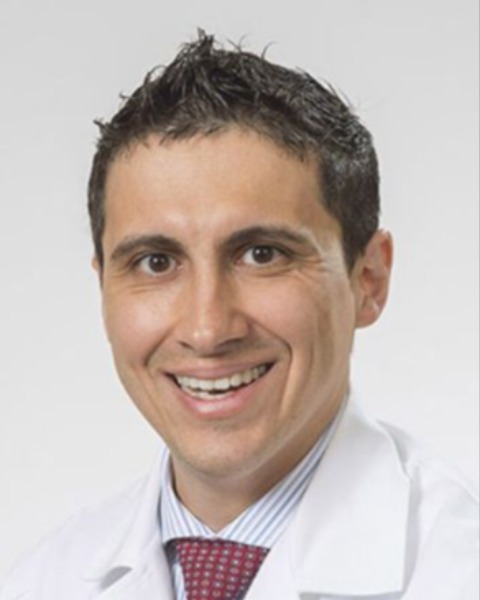SIR 2025
Interventional Oncology
Scientific Session
Safety, Efficacy, and Outcomes of 90-Yttrium Radioembolization in Combination with Immune Checkpoint Inhibitors as a Definitive First-Line Treatment Approach in Non-Surgical Hepatocellular Carcinoma
- TS
Tyler Sandow, MD
Interventional Radiologist
Ochsner Health, United States - AG
Alexandre Grahovac, BS
PGY4
Ochsner Clinical School, United States - JM
Jonathan Mizrahi, MD
Hematology-Oncology
Ochsner Clinic Foundation, United States - LD
Lingling Du, MD
Hematology/Oncology
Ochsner Clinic Foundation, United States - RV
Ricardo Vallejo-Calzada, MD
Hematology/Oncology
Ochsner Clinic Foundation, United States 
Juan Gimenez, MD
Interventional Radiologist
Oschner Health, United States- AC
Ari Cohen, MD
Medical Director of Multi-Organ Transplant Institute
Multi-Organ Transplant Institute, Ochsner Health, New Orleans, LA, 70121, United States - KN
Kelley Nunez, PhD
United States
- PT
Paul Thevenot, PhD
Associate Professor
Ochsner Clinic Foundation, United States
Presenting Author(s)
Author/Co-author(s)
Materials and Methods: A retrospective, multi-center study was conducted in BCLC A-C stage HCC patients (ECOG 0-1) receiving first line 90Y-ICI with atezolizumab/bevacizumab (A+B) or tremelimumab/durvalumab (STRIDE). Treatment response was recorded at 90Y follow-up. TTP, progression-free survival (PFS), and OS were primary endpoints, with AE and safety as secondary outcomes.
Results: The study included 40 patients receiving 90Y-ICI from 2021–2024 (12 months median follow-up). The cohort was predominantly Child-Pugh A (96%) with HCV-related cirrhosis (76%), BCLC-C stage (51%), and a median target HCC size of 7.7 cm (IQR, 6-11 cm). Grade 3-4 AEs occurred in 15 patients (37%), leading to steroid use (12, 29%), treatment delays (13, 31%), or discontinuation (4, 10%). The first cycle target OR rate was 82% (32/39), with a 51% (20/39) complete response (CR) rate with overall OR of 59% (23/39), with a 41% (16/39) CR rate. No differences were found in adverse events, delays, or discontinuations based on sequencing or regimen.
Sequencing and ICI regimen had no effects on target or overall OR and no downstream effect on TTP or PFS, although the data trended toward higher response rates with the STRIDE regimen. Log-rank analysis revealed target CR was associated with improved TTP (P = 0.004) and PFS (P = 0.009), but not OS (P = 0.237). Achieving an overall CR was associated with further improvements in TTP (P < 0.001) and PFS (P < 0.001). The cohort 2-year OS was 55% with median OS not yet reached.
Conclusion:
First line 90Y-ICI therapy in BCLC A-C stage HCC is an effective treatment strategy with AEs in the expected range of systemic therapy and low rates of treatment discontinuation. Sequencing and ICI regimen did not significantly impact AEs or treatment outcomes. However, patients achieving CR showed significantly improved TTP and PFS. Although follow-up is limited, these findings suggest achieving CR is key to optimal long-term outcomes. We anticipate long-term follow-up will demonstrate an OS benefit linked to first line CR rate.


.jpg)